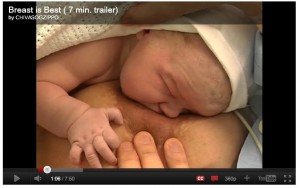 This post is the 25th in a series on Booby Traps made possible by the generous support of Motherlove Herbal Company.
This post is the 25th in a series on Booby Traps made possible by the generous support of Motherlove Herbal Company.
A little while back I wrote about the power of skin-to-skin contact and its relationship to breastfeeding and many other healthy outcomes for babies.
But one thing that kept nagging at me as I wrote it: If one of three births (and perhaps as many as one in two, if current trends continue) is a cesarean, and if early skin-to-skin seems to be so important, what can be done to improve the chances that a baby born by cesarean has a good shot at this important experience? A while back, Best for Babes linked to a wonderful video from Norway (shown above) showing skin-to-skin and breastfeeding in the operating room. But is there evidence that this could work on a large scale here?
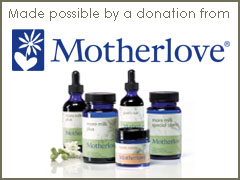 I’m very pleased to share a study, just published this fall, on one hospital’s experiment with making skin-to-skin in the operating room the standard of care after a cesarean for healthy, term babies.
I’m very pleased to share a study, just published this fall, on one hospital’s experiment with making skin-to-skin in the operating room the standard of care after a cesarean for healthy, term babies.
So, on to this very exciting study: A Baby Friendly San Francisco hospital recently initiated a quality improvement project in which skin-to-skin contact in the operating room and during recovery was used as a means of increasing breastfeeding success. This intervention was prompted by reviewing data for a two week sample of healthy, term infants, which found the following problems:
Over 90% of [healthy, full term] infants born vaginally were exclusively breastfed during their hospital stay (11 out of 12) compared to only 50% of infants born by cesarean (5 out of 10). Furthermore, only 20% of the cesarean infants were [skin-to-skin] STS with their mothers within 90 minutes of birth, and 40% were not STS at all during the first 4 hours after birth. Of these infants who were not STS at all in the first 4 hours, 100% received formula supplementation while in the hospital.
So, the hospital embarked on an intervention to make skin-to-skin the standard practice in the operating room and in recovery. Here were their findings:
During the first 3 months of our intervention, the rate of early STS among healthy babies born by cesarean increased from 20% to 68%. The rate of infants who did not get STS contact within 4 hours of birth decreased from 40% to 9%. Nine months after the initiation of the intervention, 60% of healthy cesarean births utilized STS in the [operating room] OR, and 70% involved STS within 90 minutes of birth.
Healthy infants born by cesarean who experienced STS in the OR had lower rates of formula supplementation in the hospital (33%), compared to infants who experienced STS within 90 minutes but not in the OR (42%), and those who did not experience STS in the first 90 minutes of life (74%).
And how did mothers react to having this early skin-to-skin contact?
We received positive feedback regarding mothers’ experience with STS in the OR. Mothers stated that they would like to have STS contact with their babies in the OR if they were to experience a cesarean again, and commonly concluded that STS in the OR made them feel happy.
One woman, when asked how she felt about having her baby STS with her in the OR, responded (translated from Spanish): I felt some pain at the end of the surgery because the effects of the anesthesia were wearing off, but when they put the baby in my arms I forgot about the pain because I was so happy to have him with me. She denied feeling worried about holding her baby STS in the OR and stated: With my last child they took her to the nursery right away [after the cesarean] and she never wanted to latch after that … but this baby latched right away and he nurses really well because I had him with me right away.
Another Spanish-speaking mother shared about her STS in the OR experience: It was nice, feeling her skin on me … She was looking at me with her eyes wide open … and I think we both could feel the attraction.
The authors write that some routines and staffing patterns had to be changed. They also note that, while there was some initial resistance to change, “We received positive responses after staff received the in-service education on benefits of STS and understood the need for improvement.”
The authors conclude: “We concluded that STS contact was feasible after cesarean and could be provided for healthy mothers and infants immediately after cesarean birth. Perinatal and neonatal nurses should be leaders in changing practice to incorporate early STS contact into routine care after cesarean birth.”
It may be a while before skin-to-skin in the operating room is embraced as the standard of care, but this account of one hospital’s successful experience and the evidence it provides that the practice supports breastfeeding, gives me hope!
Next week I’ll share an interview with a friend and fellow lactation consultant who had skin-to-skin contact in the operating room after her second son was born by cesarean.



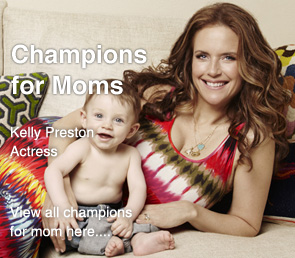



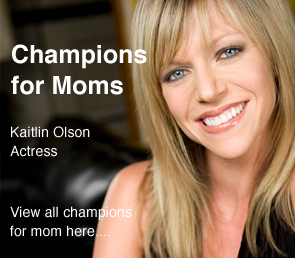


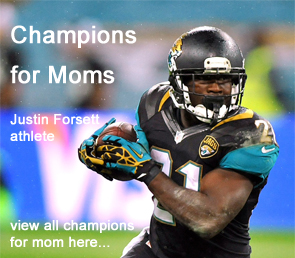

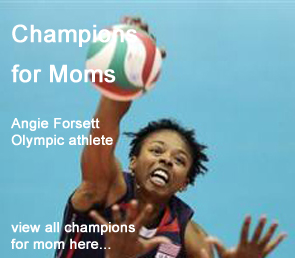

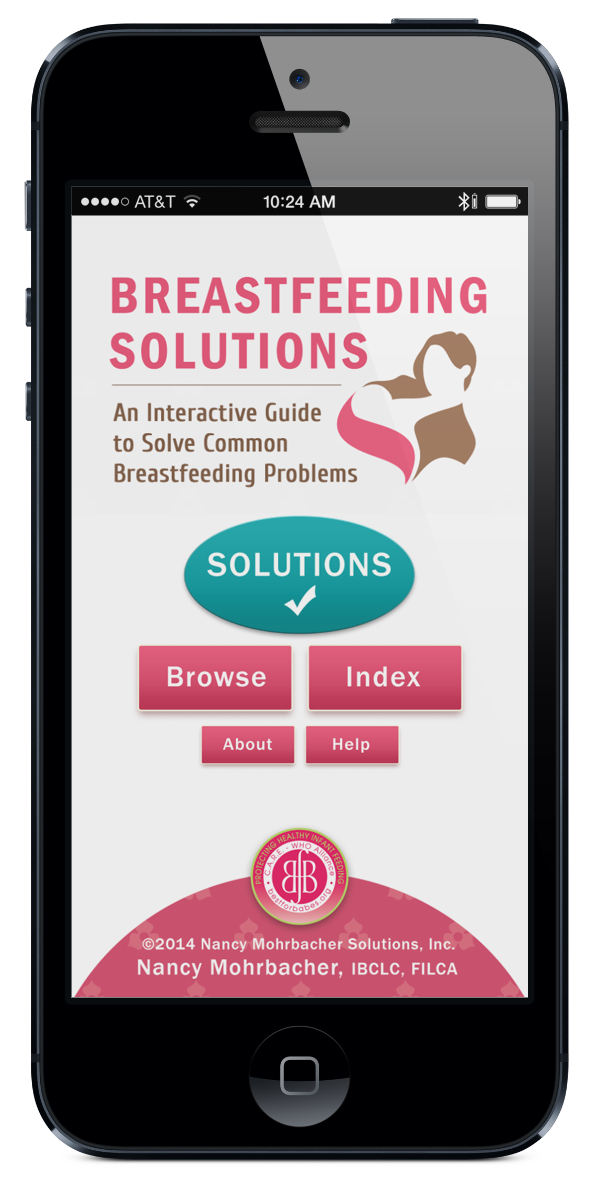
Great article. I had an unexpected c-section with my daughter, and while we’ve had a very successful breastfeeding relationship (2+ years), we did not have skin to skin contact in the OR. I will definitely push for this the next time around.
My hospital does skin to skin with the babies and mommies in the c/s recovery room- because of the sterile field we don’t do it in the OR. Daddy’s stay with their babies and a nurse and wait about 15 minutes for the moms’ to join them — where we promote skin to skin and have a special nurse (BFF/babys first friend) to help with breastfeeding during skin to skin time. It is working great!
I had limited STS in the OR with my babies, thanks to the encouragement of my doula who was in the OR with me. But both twins were placed STS with their dad almost immediately and then again with me as soon as I came out of recovery. We didn’t have any problems breastfeeding- both were exclsively breastfed to 7 months and are still breastfeeding at 17 months. If I ever had to have a c-section again though I would push for more STS in the OR- it is so important.
As a doula, I have been in the OR with at least half a dozen moms who have had skin-to-skin on the operating table. It does not affect the sterile field at all. Not only does it offer all the usual benefits of skin-to-skin, but it also seems to help prevent birth trauma in the mothers. We ask for this on every birth plan, and must get permission in the moment from both the surgeon and the anesthesiologist. It is amazing to be part of these births.
of all OBs in all situations, but we sure pray that it would be true of ours!) I’ll never fogret the fateful moment when, after enduring all of labor with no medications and hearing the doctor advise that it was time to go to a c-section instead of to push, I had to turn to my husband and say, “Honey, I guess at this point we just have to put our trust in the doctor.” It was probably the hardest thing I’ve ever had to say; but after nine months of praying for God to cause the right doctor to be on call and for God to give that doctor divine wisdom, I knew I had to humbly heed his advice.While I want to be informed enough for my input to matter and enough to make wise decisions (Anonymous, thank you, thank you, thank you for your encouraging words and for sharing some medical support in favor of vaginal birth!), I also want to pray that God-the God who formed my body in my mother’s womb and who is forming these two children in my womb and who knows all things-would orchestrate every detail of this pregnancy to allow for the safe labor and vaginal delivery of two full-term and healthy babies.I’m glad you went back to the title, Ben, because that really is the gist of this whole thing. I understand that God may choose to not answer my prayers for a successful VBAC (and if that be the case, may He fill me with much peace!), but I do hope that instead of having to pick a day weeks prior to my due date to have my babies cut from my womb, I will… at least… be given a chance.
My one big regret from my birth experience is that I didn’t get STS in the OR — even at the time, I had made peace with all the interventions I ended up with (I developed an infection, baby was showing signs of distress, there really wasn’t much else to be done if I wanted a healthy baby at the end of it all) but the lack of STS right away still makes me a little sad. As it turns out, breastfeeding went well for us, with pretty much no problems, and my son is still nursing at almost 13 months, but I still wonder how things would have been if we’d gotten STS in the OR. I’m going to try for a VBAC with my next child, but I’m going to print out the study linked to in this post and give it to my midwife, and see if I can push for STS in the OR if I end up with a repeat c-section.
The fact that my hospital would not do STS in the OR is actually what kept me from having a c section when they were pushing it. Knowing that I wouldn’t be able to hold my baby until the recovery room kept me from agreeing, for better and for worse, to a c section.
Made all the difference in the world with me. I’ve delivered all three of my children by cesarean (twins and a singleton 19 months later). I did not get to hold my girls until hours after they were delivered, but I requested my son (I knew more the second time around) right away and he was latched on and nursing within 30 mintues of my delivery. It has made all the difference because we still have a beautiful breastfeeding relationship nearly 11 months later. I did breastfeed my twins, but it was a much slower start and not nearly as successful.
We had STS in the OR and it was *wonderful*! After my planned homebirth became scheduled cesarean due to a complete previa, I was devastated, but continued to work with my midwife to find a great OB. He was open to nearly everything we wanted to try, but still had the hospital to push up against. So, although I didn’t get to “catch” my baby and the hospital staff still wanted to have her with them/on the warmer until the 1-minute Apgar, most everything else we were able to do. My husband was with her at the start, supervised the limited drying we requested, then carried her to me still wet and naked at the 1-minute mark. Straight to my chest (prepped earlier to have cardiac monitoring leads on my back, gown ready to be unsnapped and pulled away, etc.) and she very quickly nuzzled then breast crawled to latch on after just a few minutes. Wide-eyed and alert the entire time and throughout recovery (she had an amazing alert period of nearly three hours!) and ate frequently. She stayed totally naked with me, skin to skin, with us both snuggled under blankets. Never left my arms until I finally let her daddy have a turn once she finally dozed. My neighbor works in the OR there and says we made major changes there as everyone was shocked at how beautiful her birth was while still keeping everyone safe/sterile/able to do their critical job functions. STS was just one of many things we did to create a beautiful birth for us all, and I hope our example continues to lead to more changes for those who require cesarean births.
I definitely think it impacted breastfeeding. She is a nursing champ! 7.5 months old and is almost EBF still. We do some baby led weaning/solids so she’s had some of our veggies, fruit, etc. but she’s still all about the breast. We-my baby, my husband, and myself-all LOVE it! Between the early STS, early and frequent time on the breast, and creating a positive birth experience that kept me happy and feeling empowered (yes, truly *empowered*, even in a cesarean birth!), I believe our OR experience really had a huge impact on our breastfeeding relationship!
Tracy, that is absolutely wonderful! Thanks for sharing!
I really hope this becomes a common practice in hospitals. I just had my 2nd CS, and though it was better than the first, I still missed my baby’s first moments. I was just sobbing to my husband about it yesterday, almost 6 mos later. I saw my baby after my first CS, but it was totally overlooked on my 2nd one. I didn’t even verify she was a girl until 24 hours later. I really should have demanded I get to see and hold her first. My biggest regrets, and thus my biggest sadnesses are that a) a variety of people hold my baby first, b) I see them all wrapped up minutes later, c) I don’t get to hold them until the recovery room and by then I am shaking because of exhaustion and post-surgery, d) I have to live my birth experience in pictures people managed to take. I see photos of my husband cutting the remainder of the cord in the incubator and photos of my naked babies lying in the incubator crying, alone, without their mama. It really saddens me. I know dad enjoys being able to spend the first few moments with the baby and despite it all, we have very successful nursings, but it hurts. If there is a next time, things will be so different. Thanks for your article.
Sara,
I’m so sorry to hear this. I had similar feelings after the birth (c-section) of my first. Not being able to see him, when others could, was the focus of a lot of my grief over the birth experience. You are certainly not alone in your sadness over this.
Tanya
With my first I ended up having a csection after a failed induction. I did not have skin to skin with him right away and he was whisked away to the nursery after I saw him and touched him with my fingertips. My husband got to bond with him for that first hour while I was in recovery, giving him his bath and such. I hated being separated from him although I was glad my husband was with him. I did successfully breastfeed him in recovery but it always nagged at me that we didn’t have that first contact. I just had my second child and I requested early STS with him. I was under general anesthesia this time so I could not have STS until recovery. However, they kept my lil guy in the OR this time and did not take him away. As soon as I woke up in recovery they put him on my chest, STS, and had me breastfeed. It was an entirely different experience this time and he never left the room. I am so grateful that we did not have any separation this time. Funny thing is, my first is a daddy’s boy and this new lil guy is a mama’s boy. Kind of ironic!
Thank you so much for this article. I am actually heading to my dr this morning to fight this very battle. I actually posted this vlog last night explaining my struggle and willingness to fight for this very thing.
http://youtu.be/5uXy5aS_lZk
At my hospital here in NH, we do skin to skin in the OR. You have to put the “equipment” such as BP cuff, oxysat probe, ekg leads all on one arm of the mother so her other arm is free to help hold her baby. Our biggest resistence has been through anesthesia actually, but they have told us they use FAR less drugs on the mother. We do not have “recovery” for moms- they just go to their LDRP with the baby on their chest- EVEN PREEMIES! We put the IV in the baby, cpap, etc all on the mothers chest whenever we can. We sometimes do INCISION to skin, which is straight from the womb to the mothers chest. Its amazing!! And possible!
Wonderful! That’s so encouraging to hear.
Pingback: Skin-to-Skin After Cesarean Delivery « Adventures of a Labor Nurse